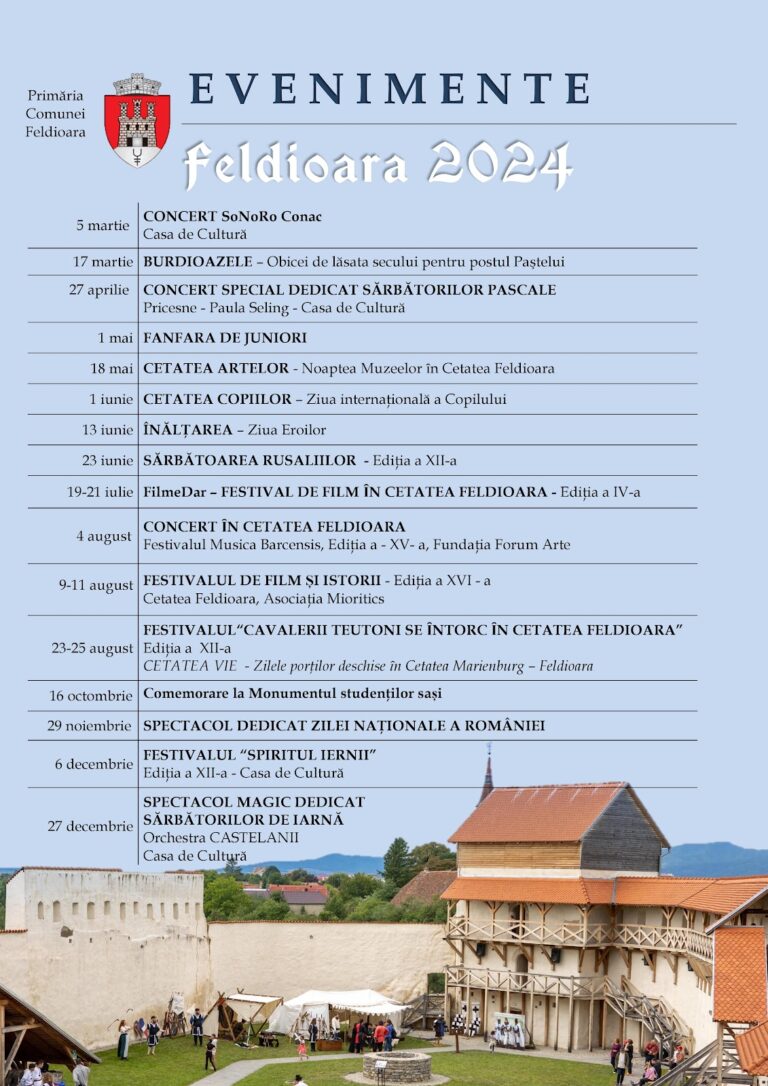Mikó Castle: A Historic Fortress and Museum in Miercurea Ciuc, Romania
Visitor Information
Google Rating: 4.8
Popularity: Low
Google Maps: View on Google Maps
Country: Romania
Civilization: Unclassified
Remains: Military
History
Mikó Castle is located in Miercurea Ciuc, Romania, and was constructed in the early 17th century by the Székely people, a Hungarian ethnic group native to the region. Its building began in the spring of 1623 under the direction of Ferenc Mikó, who held prominent leadership positions in the Székely seats of Csík, Gyergyó, and Kászonszék, and served as a trusted advisor to Prince Gabriel Bethlen.
The castle’s existence was first recorded in 1631 when Ferenc Mikó received the domain of Szereda along with authorization from Prince Bethlen to erect the fortress. The castle was likely completed during the 1630s, serving as a stronghold in the region. Following Mikó’s death in 1635, ownership became complicated; his son József faced legal action over unauthorized land use linked to the castle’s construction, resulting in the transfer of ownership to Tamás Damokos, the chief judge of Csík.
A significant turning point occurred on October 21, 1661, when Ottoman and Tatar forces, commanded by Ali Pasha of Timişoara, invaded the Csík area, capturing and subsequently setting fire to Mikó Castle. This devastation marked a period of decline for the fortress until early 18th-century restoration efforts.
Between 1714 and 1716, Mikó Castle was rebuilt under the supervision of Imperial General Stephan Steinwille, as commemorated by a stone inscription above the main gate. This reconstruction added new defensive features and stabilized the structure for future use. In 1735, the earliest known architectural plan of the castle was produced by Austrian engineer Colonel Johann Conrad Weiss, documenting both its layout and various stages of construction.
The castle’s military role continued through the 18th and 19th centuries. It first functioned as barracks for Imperial troops until 1764. Afterwards, it became the headquarters of the 1st Székely Border Guard Regiment. During the Hungarian Revolution of 1848–49, it served as the command post for revolutionary leader Sándor Gál, emphasizing its strategic importance. Military functions carried on with some interruptions until the mid-20th century, maintaining the fortress’s role in regional defense and administration.
In 1970, following extensive restoration, Mikó Castle was repurposed as the home of the Csíki Székely Museum, established four decades earlier. The castle also housed parts of the county library from the 1970s until 2012. Today, it holds a prominent place as a historic monument and cultural venue in Miercurea Ciuc, hosting events such as the annual Csíkszereda Early Music Festival, founded in 1980.
Remains
Mikó Castle exhibits a late Renaissance fortress design characterized by a nearly rectangular layout measuring about 75 by 70 meters. The fortress was originally enclosed by walls forming a quadrilateral shape, offering a solid defensive position typical for the early 17th century. During the reconstruction in the early 1700s, Italian-style bastions—projecting structures designed to provide better angles for defense—were added to the outer perimeter. Four such bastions created a new defensive belt around the castle, with visible remains particularly along the southern side.
One bastion in the southwestern corner of the castle was adapted into a chapel. This small sacred space features a modest decorative ceiling executed in the late Baroque stucco style, a form of plasterwork popular in the 18th century for its ornamental elegance. Notably, the chapel’s windows display Gothic-style frames that reflect architectural modifications from later periods, blending stylistic elements across eras.
On the castle’s southwestern side stands a compact, square-shaped gunpowder magazine constructed by Austrian forces. This building was intended for the safe storage of explosives, highlighting the fortress’s military function under Imperial control. The bastions at ground level include rooms covered by barrel vaults—curved ceiling structures resembling a half-cylinder—intersected by openings with double-curved shapes that allowed passage between vault segments.
Along the exterior walls, a carved stone band encircles the structure, serving as a decorative belt course that visually separates the different levels of the fortress. Above the main cornice—the horizontal projecting ledge crowning the walls—there are rows of narrow, rectangular openings called loopholes. These were designed for firearms, enabling defenders to fire upon attackers while remaining protected.
The castle’s entrance gate bears a prominently placed stone inscription commemorating the reconstruction that took place between 1714 and 1716 under General Stephan Steinwille. This marker provides direct historical evidence linking the fortress’s current form with its early 18th-century rebuilding phase.
Originally surrounded by a defensive moat, only fragments of this water-filled trench have survived today, as it was gradually filled in during the late 19th century. During the 1880s, the moat was largely eliminated, and in 1890, two wings adjacent to the gate bastion were constructed. These later additions, however, were demolished in 1990, partially restoring the castle’s historic layout.
Situated in the eastern part of Miercurea Ciuc, Mikó Castle can be accessed from several nearby streets. Its courtyard remains an important cultural space, hosting events such as the annual early music festival, linking the historic fortress to ongoing community life.





